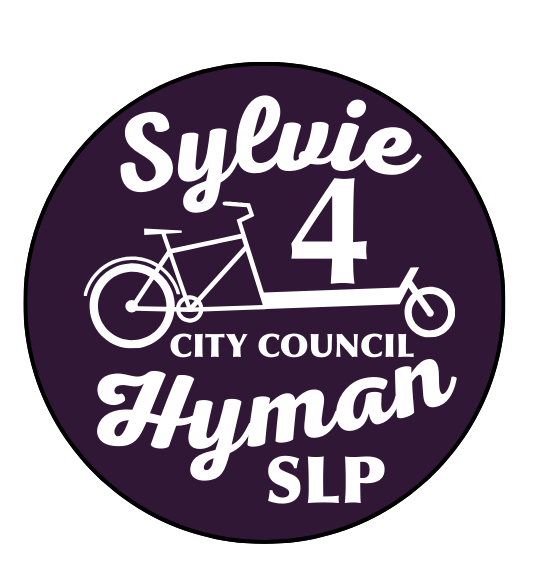
Key Issues
Affordability,
Shared Mobility
& Community Connection
Everyone deserves a stable home they can afford.
Using land responsibly is one of the best ways to strengthen our communities and tackle the climate crisis. I’m proud of the work St. Louis Park has done to support affordable housing and increase tenant protections and I’m excited to continue this work by implementing parking reform and updating our zoning to encourage more walkable, transit oriented development.
Expanding housing options and encouraging more density makes living in St. Louis Park not just more affordable, but more sustainable. Allowing people to work and play closer to where they live will make our community more convenient and resilient.
Non-drivers must be prioritized in all transportation decisions.
Why non-drivers? Non-drivers represent one third of the US population, including our youth, elderly, disabled, and low income neighbors. Everyone is a non-driver at some point in their lives, but our current transportation system does not provide a robust network to safely accommodate them.
Cities that center non-drivers in their transportation systems are just better cities. They are places where moms have more leisure time because they’re not saddled with constantly chauffeuring their kids around. They are places where people feel safe on our streets on New Year’s Eve because they know that would-be drunk drivers could easily and cheaply walk or take transit to get home.
We can not wait for the next tragedy to strike before addressing the safety concerns presented by our roads. As your council member I will represent non-drivers and work to create a Transportation Commission to give non-drivers a strong voice at city hall.
Building relationships with our neighbors makes all of us stronger.
Groups of people are very powerful, but only if we are organized. St. Louis Park currently has 36 neighborhoods, but not all of them have active neighborhood associations. Our current neighborhood association structure relies upon volunteers to do almost all of the legwork associated with organizing their neighbors. Inclusion means providing equal opportunities for community members to participate in public processes, but residents that live in neighborhoods without active associations, and lack the capacity to organize them, miss out on opportunities to engage with the city and each other.
By providing secure, stable, affordable housing, and a variety of mobility options, our communities will be well equipped to tackle our shared challenges together, but only if we have the resources to bring them together. Having a strong network of neighborhood associations will help city leaders better understand resident’s needs and implement solutions that work for all of us.




